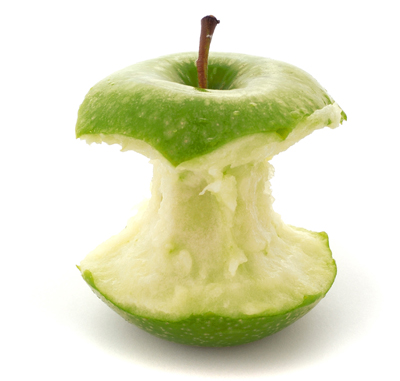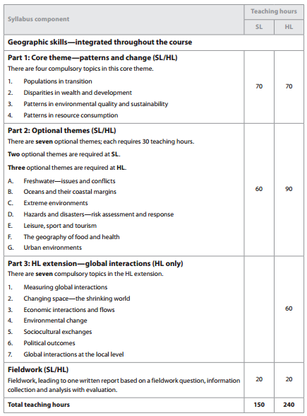IB Course
|
The Diploma Programme geography course integrates both physical and human geography, and ensures that students acquire elements of both scientific and socio-economic methodologies.
The aims of the geography syllabus at SL and HL are to enable students to:
|
|
IB Geography Course

The Difference between HL and SL:
The geography course requires no specific prior learning. No particular background in terms of specific subjects studied for national or international qualifications is expected or required. The skills needed for the geography course are developed within the context of the course itself. However, having studied geography before for either MYP or IGCSE is considered to be an advantage.
| |||||||








